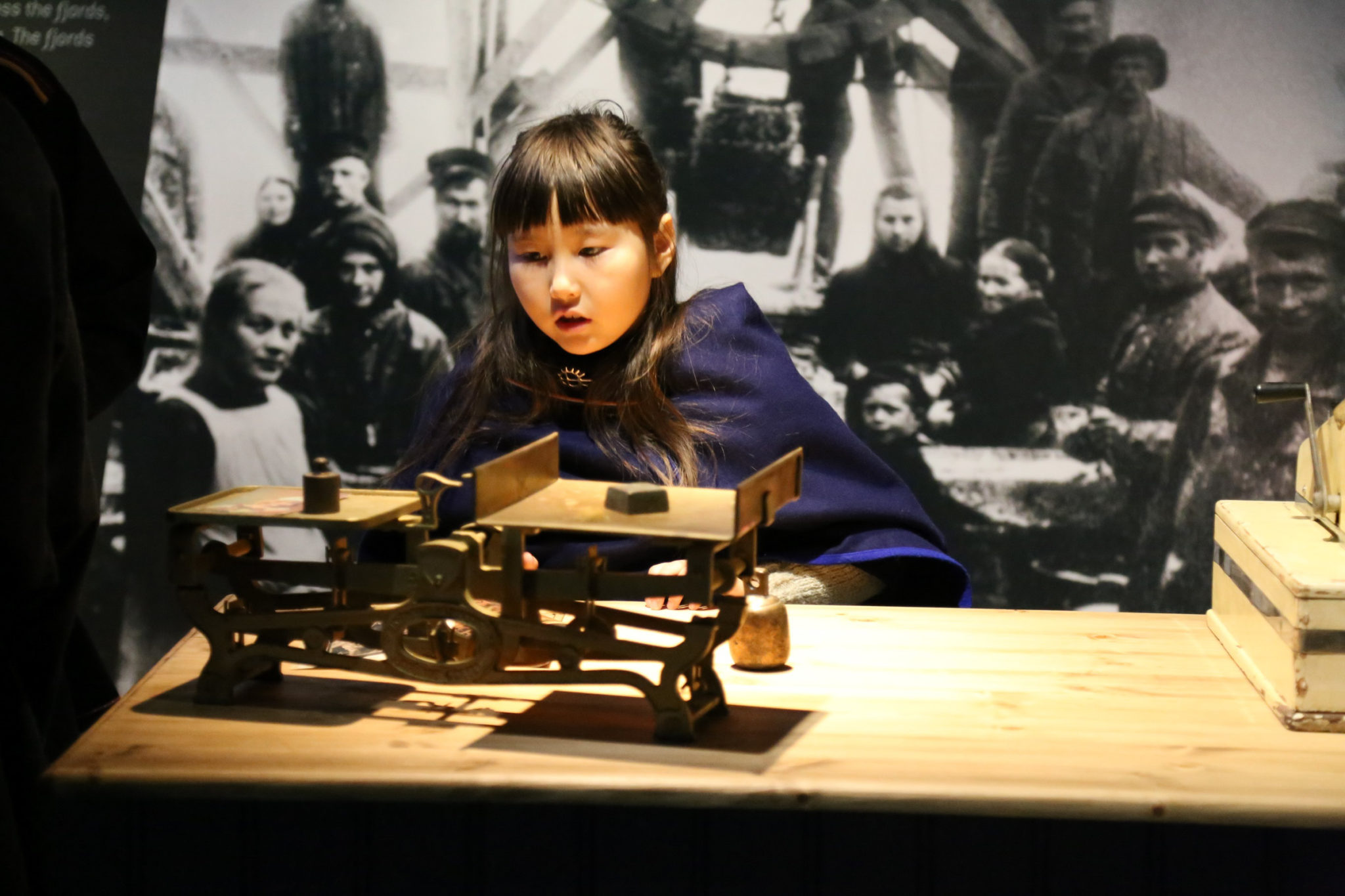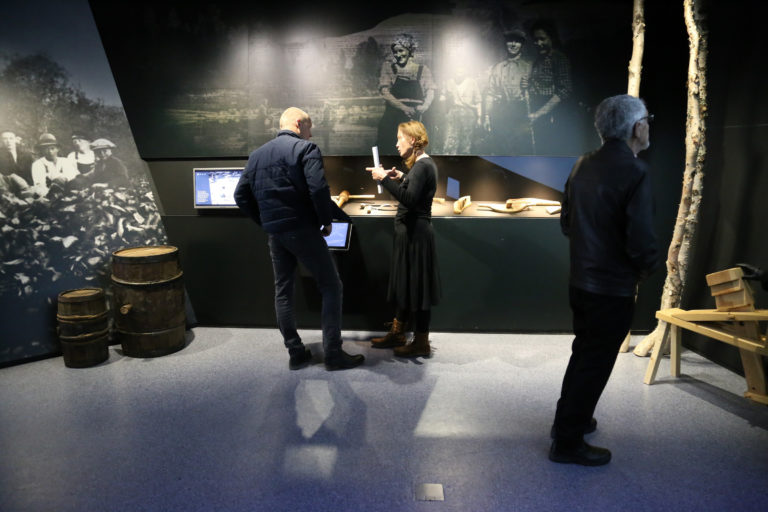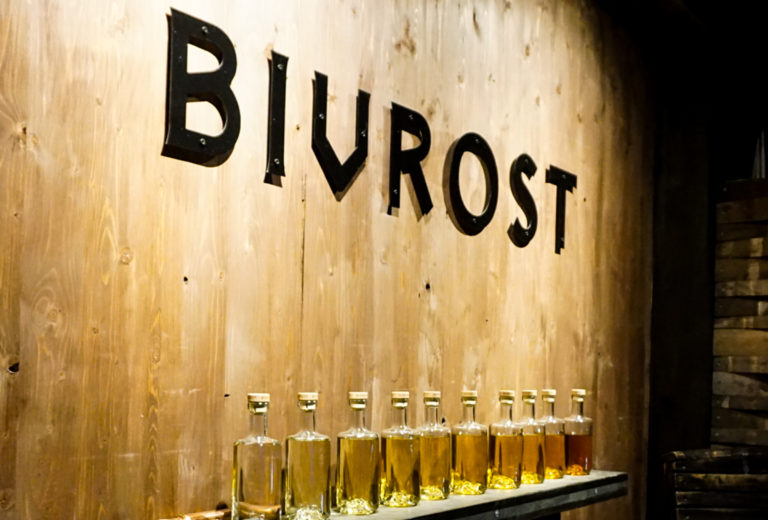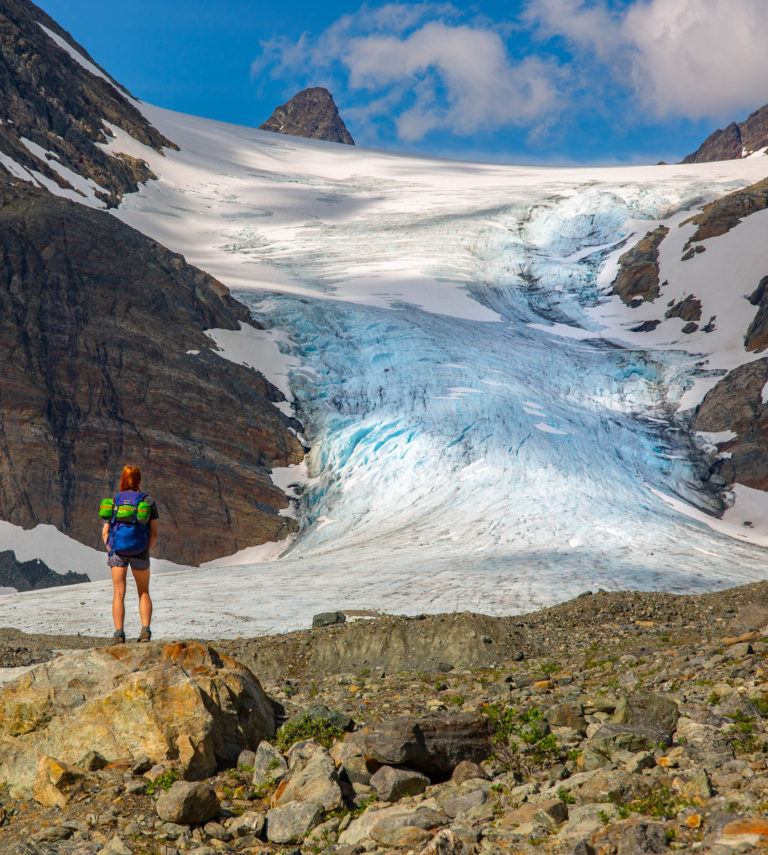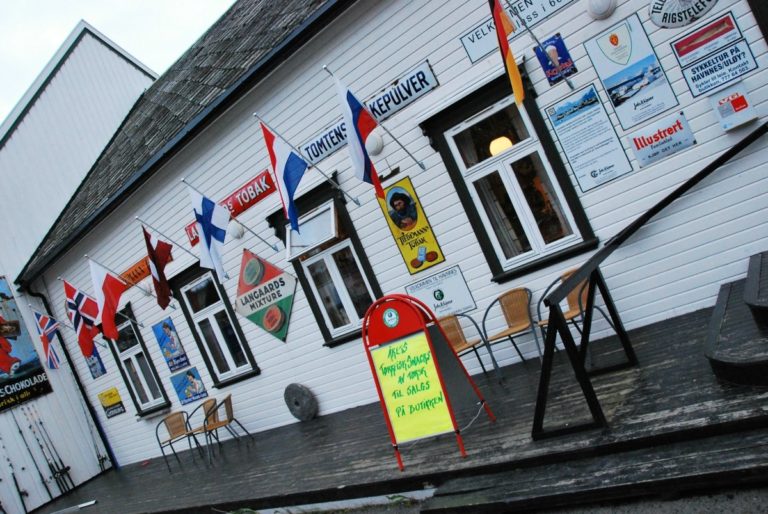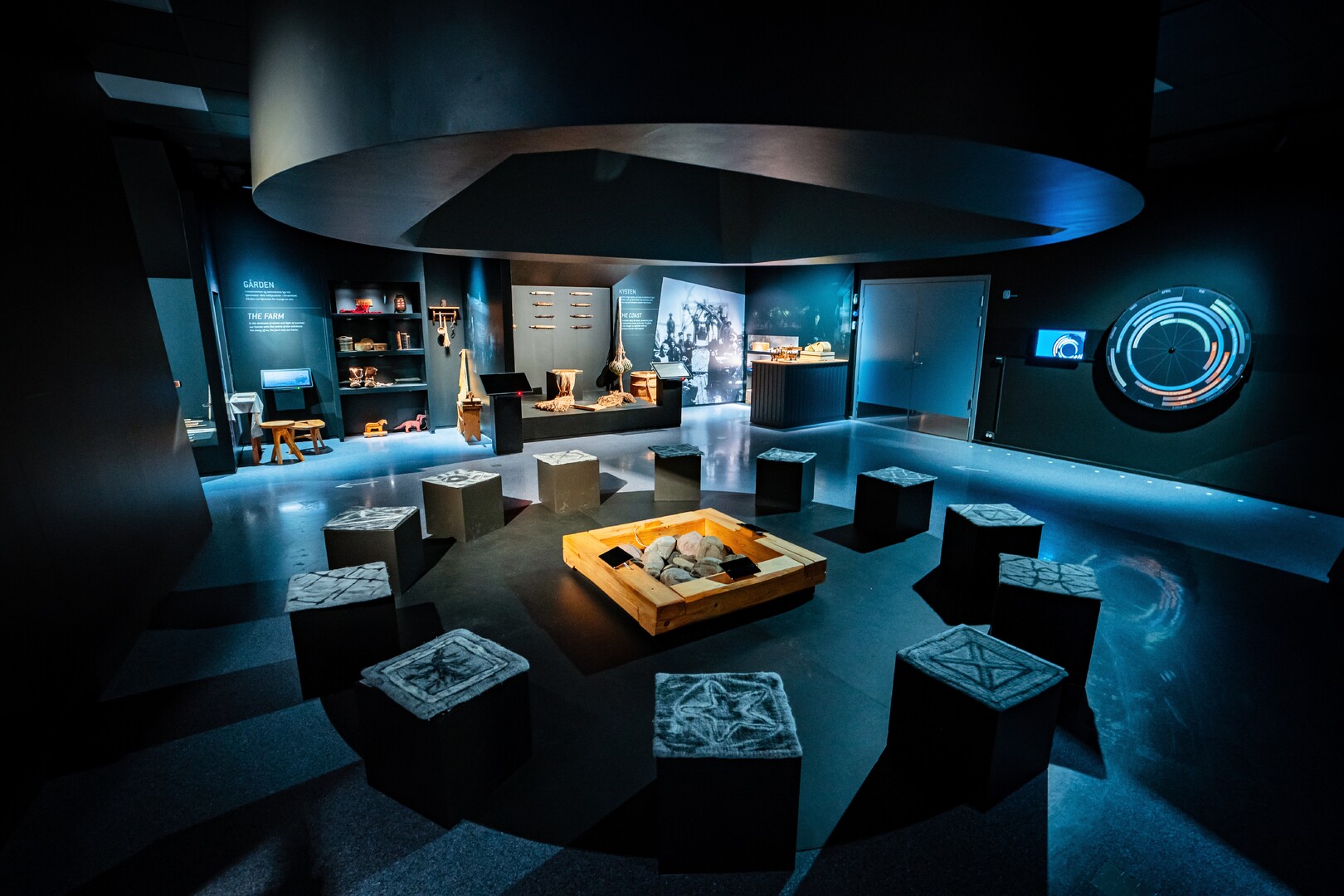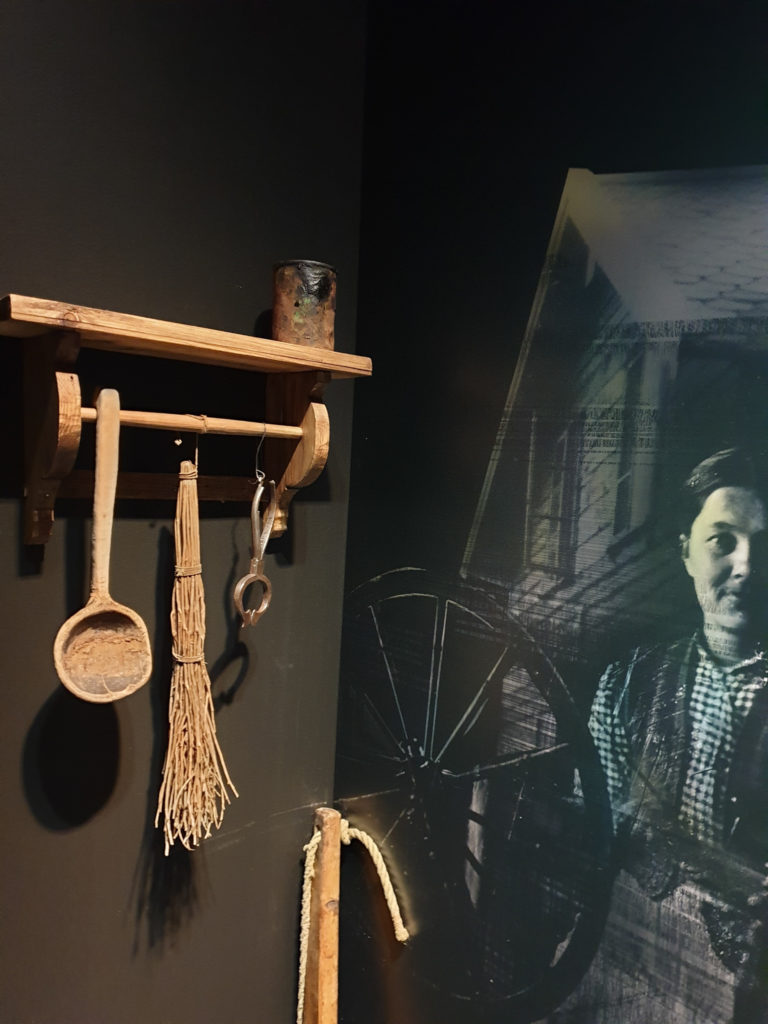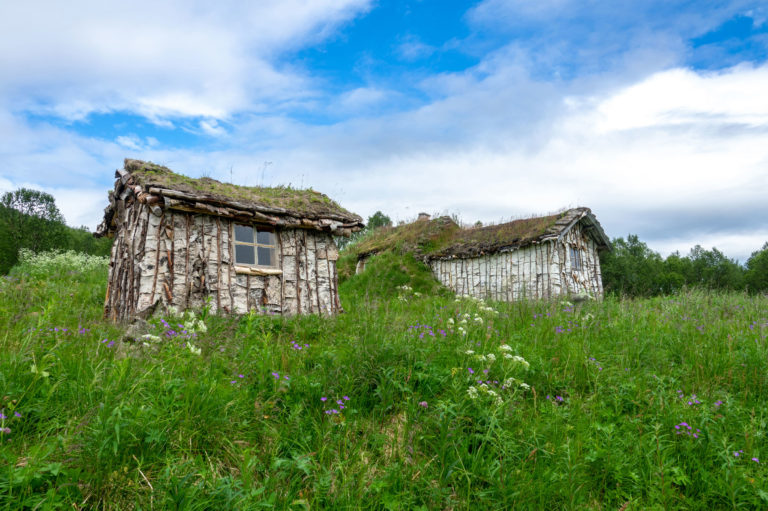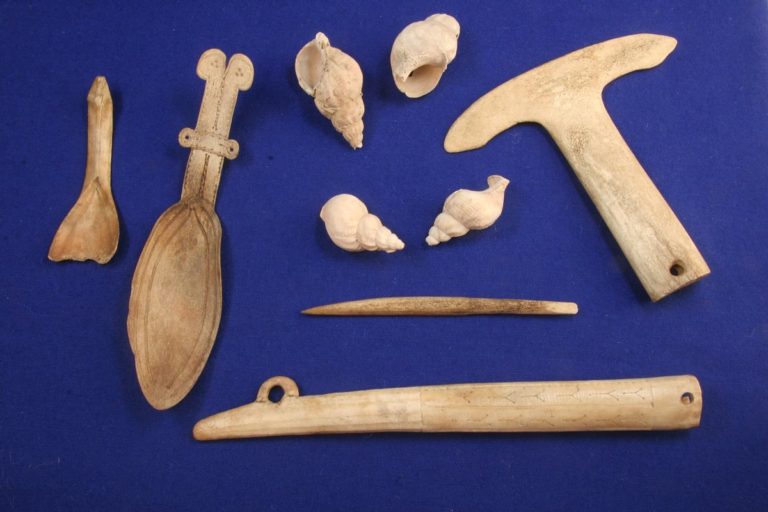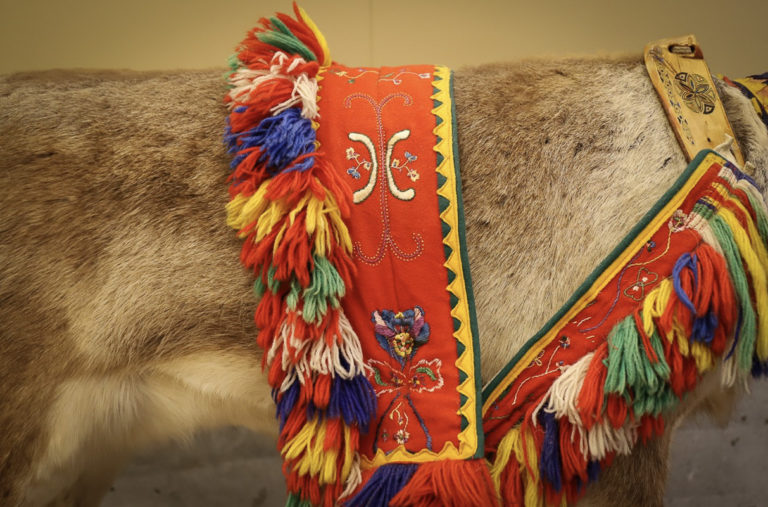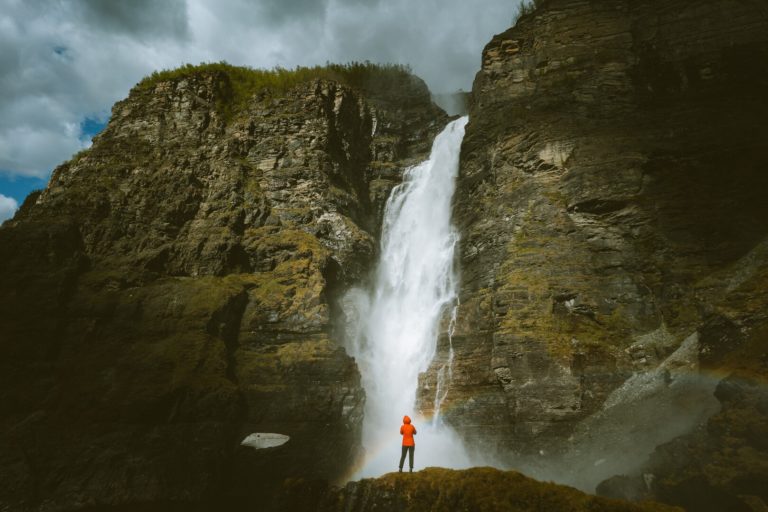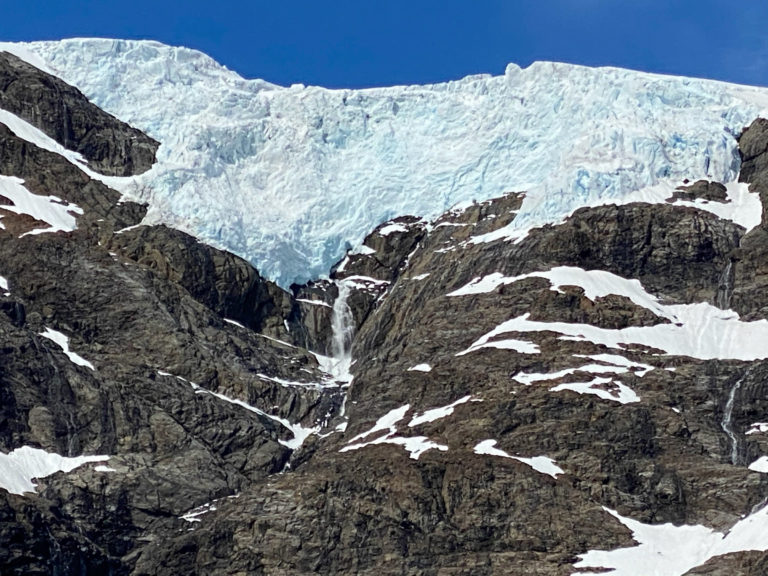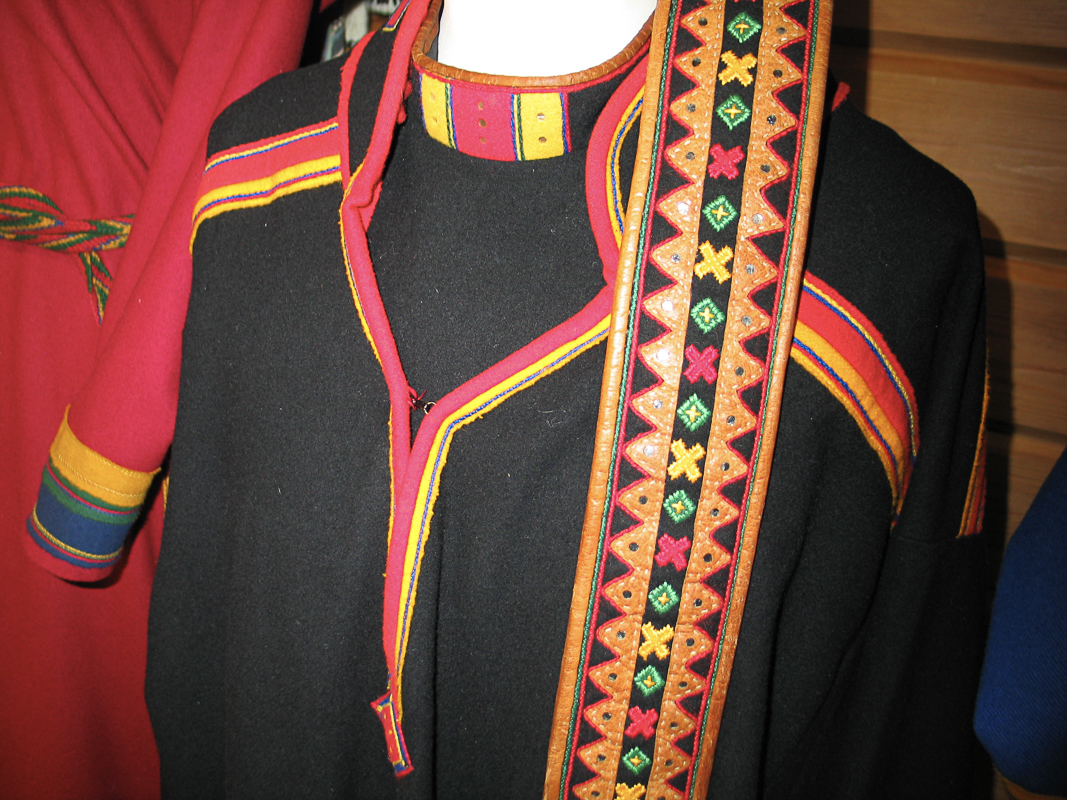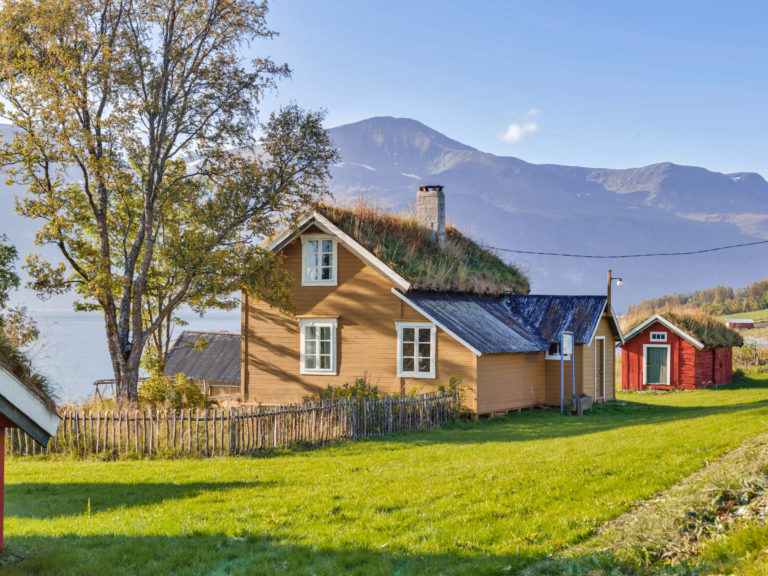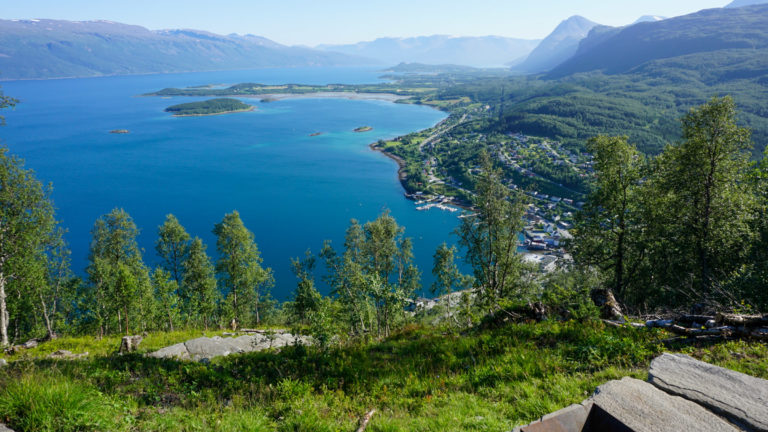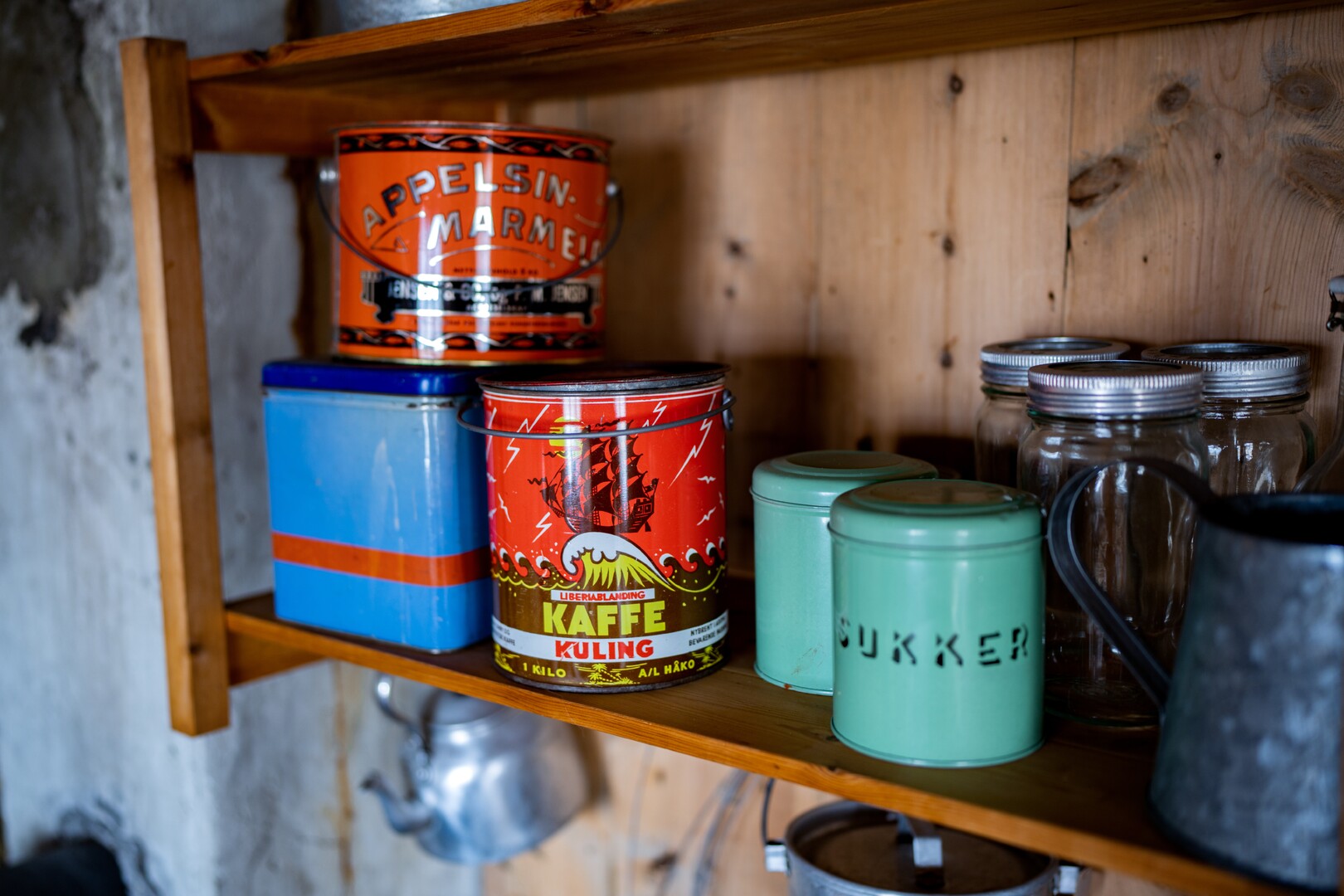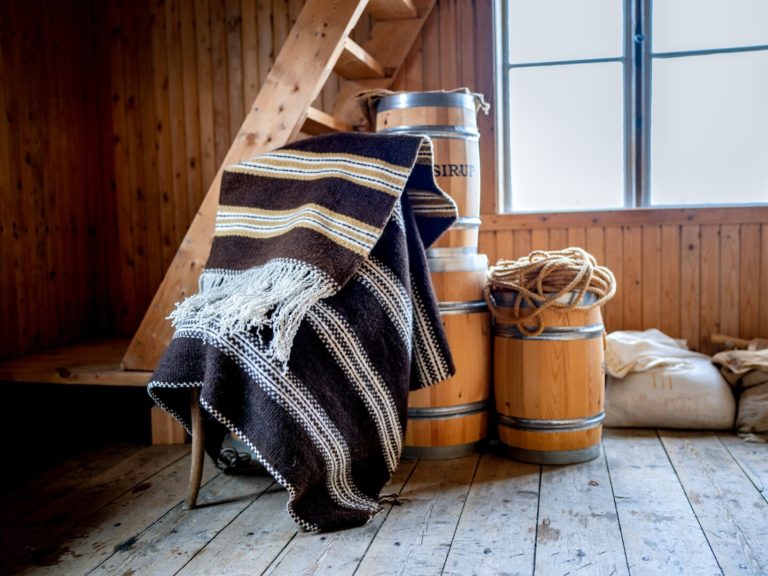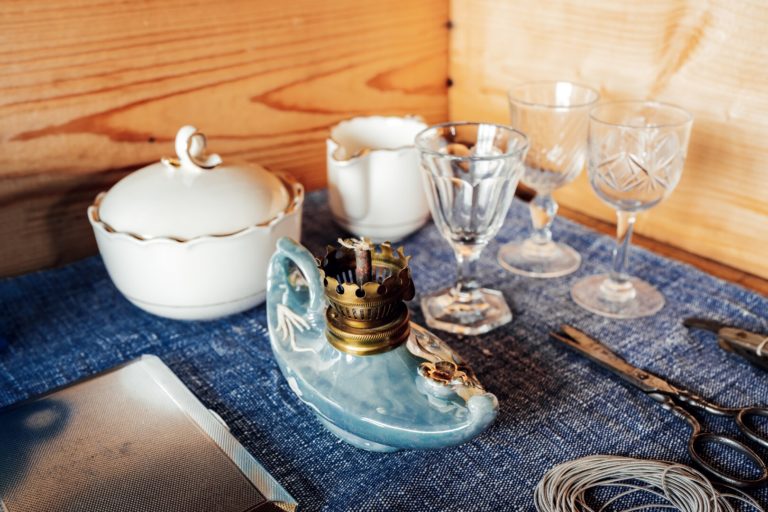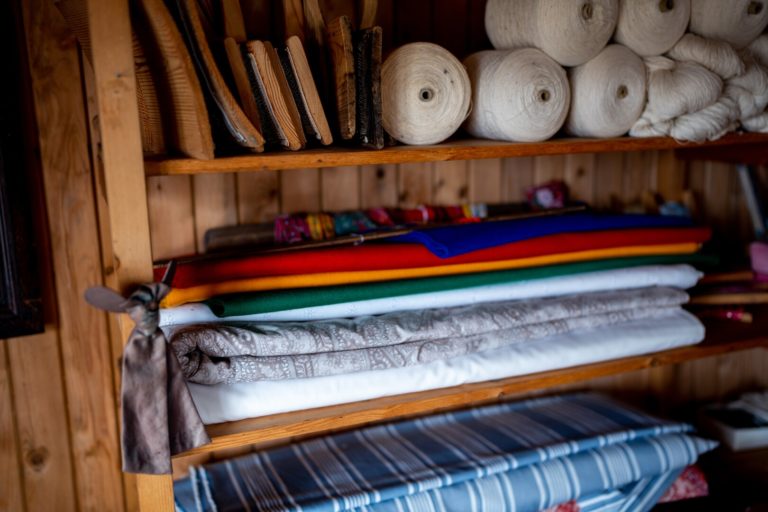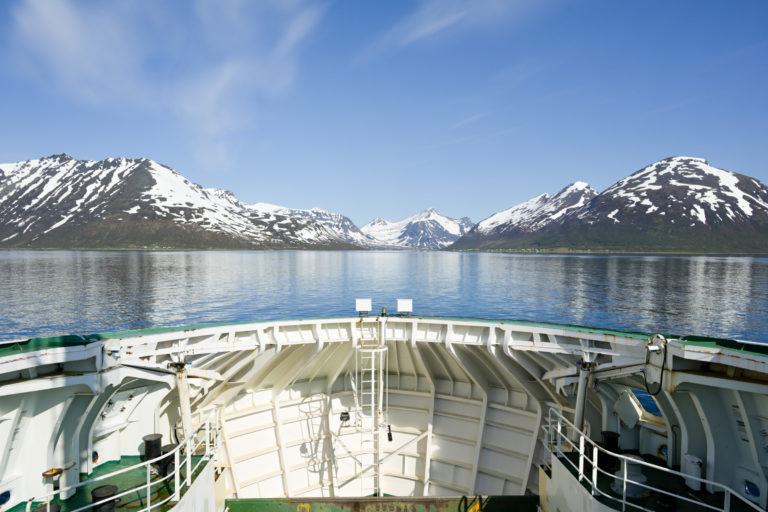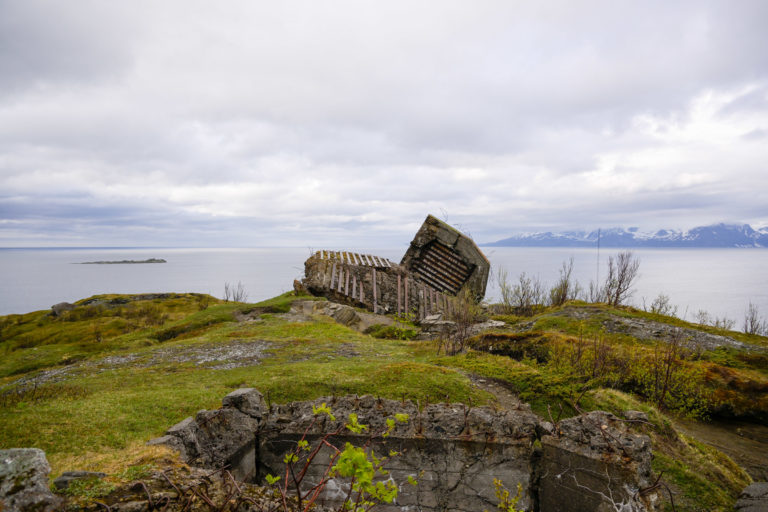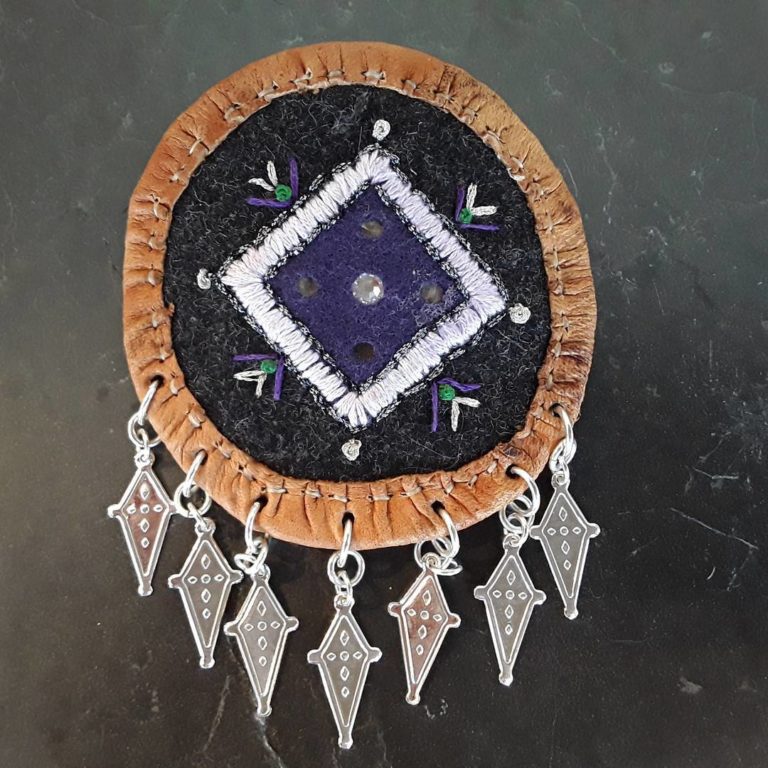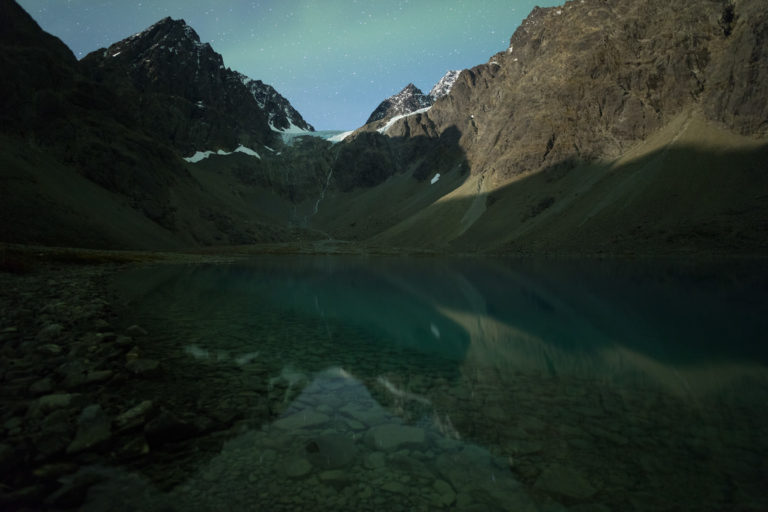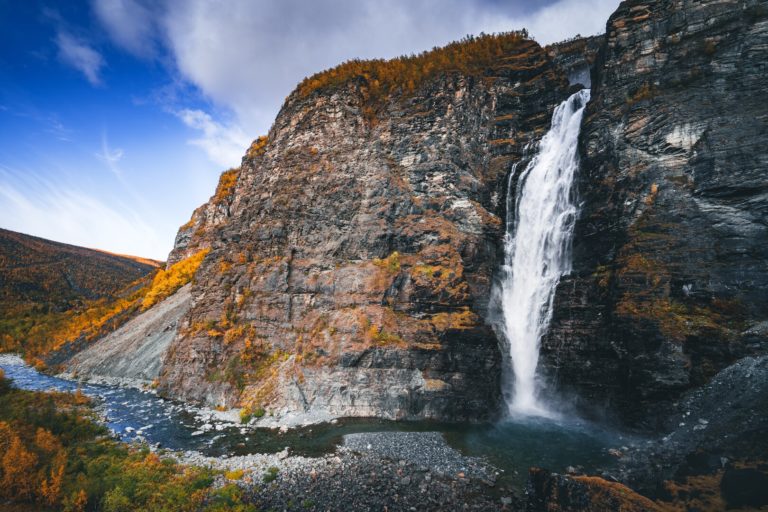People, cultures, and languages – in Northern Troms, everything is interwoven into a unique tapestry. Different ethnic groups led different lives, but shared the same land and natural resources, and interacted in ways that benefited all. In the clear and well-designed exhibition Encounters, by Nord-Troms Museum we meet the people of Nord-Troms – Northern Troms – around the year 1900. They are living traditional lives – but the world is about to change, and the outside is knocking.
Where is Northern Troms?
Northern Troms – Nord-Troms in Norwegian – is the northernmost part of Troms county, comprising the municipalities of Lyngen, Storfjord, Kåfjord, Nordreisa and Kvænangen. The area has a sub-Arctic climate and follows the lines of the great fjords: Ullsfjord, Reisafjord, Kvænangen, and – most prominent of all – the majestic Lyngenfjord.
Here, the towering Lyngen Alps rise above deep valleys, the remote Halde mountains mark the inland borders, and the forested Reisa Valley winds through the land. It’s a landscape of striking contrasts – just like the people who call it home.
A glimpse into a time window
Rather than attempting to tell the full story – a task that would demand far more time – the exhibition opens a window onto a particular moment: the decades around the turn of the 20th century. On the brink of modernity, traditions and ways of life with deep historical roots were still very much alive. A wealth of objects and artefacts, an abundance of written sources, and even early black-and-white photographs help guide us through this world.
In 1944, much of Northern Troms was burned to the ground by the retreating Wehrmacht. With the post-war reconstruction, the physical cultural landscape was irreversibly altered. It is no coincidence that the story begins just before this rupture – at the last moment before everything changed.
A multi-ethnic society
One of the most striking features of Northern Troms is its multi-ethnic population. Different groups – with different languages, customs, and ways of making a living – shared the same landscape. In the 20th century, the Norwegian state made concerted efforts to assimilate minority populations into the dominant national culture. But during the period highlighted in this exhibition, the cultural boundaries remained clearly visible. Ethnic identity was widely recognised and understood within local communities.
Yet distinct does not mean separate. The nomadic Sami, for instance, maintained regular contact with sedentary Sami, Kven, and Norwegian neighbours. These relationships, often built on long-term trust, made it possible to barter for reindeer meat, bread, and other essentials – or even entrust one’s goats to others for the winter.
The Kven are early migrants
The Kven are a people who migrated to Northern Troms in the 18th and 19th centuries, mainly from Finland and the Tornedalen region of northern Sweden. Some may have come even earlier—individuals referred to as “Kvens” are mentioned as far back as the 16th century. Their reasons for leaving varied: overpopulation, crop failures, and the 18th-century wars with Russia all played a part. The northwestern Finnish dialects they brought with them became isolated from developments in Finland and gradually evolved into what is now the Kven language, incorporating some Norwegian vocabulary along the way. Today, Kven is officially recognised as a separate language with its own standardised spelling. The exhibit is labelled in Kven alongside Northern Sámi, Norwegian, and English. Finnish speakers can often understand Kven, although old-fashioned expressions and Norwegian loanwords may present some challenges.
The Sea Sami: Farming and Fishing
Before 1500, the original Sami population lived primarily by hunting wild reindeer, seals, birds, and fishing in the sea and rivers, following seasonal migration patterns between established hunting and fishing grounds. The introduction of firearms and increased taxation imposed by the emerging nation-states led to a decline in wild reindeer numbers.
Most Sami eventually settled along the fjords, sustaining themselves through simple agriculture, fishing, and gathering from the wild. Crafting mittens and woven rugs for sale provided additional income. In Northern Troms, this group was the largest population until the 19th century, but due to immigration and assimilation, they gradually became a minority.
Reindeer Sami move from inland to coast
When the number of wild reindeer declined in the 16th century, some Sami began to domesticate them. The reindeer were herded much like cattle, migrating from inland areas during the winter to the coastal regions of Northern Troms in summer.
With a way of life distinct from the other groups, they managed to preserve their traditional lifestyle for much longer. Today, this way of life continues in a modernised form, with reindeer still herded between seasonal pastures following the ancient cycle.
The yearly cycle explained by a wheel of fortune
The museum has created a fun and clever way to bring the annual work cycle in Northern Troms to life—by making a spinning wheel much like the “wheel of fortune” game shows popular on TV in the 80s and 90s. Spin the wheel, and you’ll discover that June is for cutting peat, while January marks the winter fishing season. In spring, the ground needs tilling, frost-heaved stones must be cleared, and manure spread.
It’s a playful yet insightful way to understand how much hard work went into living off the land—and how perfectly the work followed nature’s rhythms.
Seasonal fishing provided cash
The fjords of Northern Troms are rich with fish, and if you ever lacked food, you could always catch dinner nearby. But to earn money, fishermen relied on seasonal fishing trips further afield.
Before Christmas, the women would prepare the “Lofoten chest,” packing it with warm clothes and durable foods like flatbread. A hymn book might offer comfort during the long voyage. Then the men set sail in open boats to take part in the famous Lofoten fishery, fishing all day with hopes of returning home with a good catch.
Another important seasonal fishing event was the spring cod fishery along the Finnmark coast, which also provided crucial income for many families.
The farm was centred around the kitchen
Typical farms featured a modest timber main building, with a dominant kitchen that was always heated. There was a smaller living room for receiving guests, and beds were often located in the attic.
A small garden fenced off on the fjord side of the house grew both decorative perennials and herbs used for cooking and medicine. Outbuildings served as storage for food and clothing, while a barn housed the animals. Above the barn was a hayloft, and nearby stood the all-important naust — the boathouse, where boats and fishing gear were kept.
A stable for a horse was also part of the farmstead, as the sturdy local Lyngshest pony breed was well-suited to handling the hard work required in the tough climate.
The forest was the realm of the Kven
The deep forests of the Reisadalen valley were settled by the Kven in the 18th century. Coming from a heavily forested homeland, they brought expertise in tar burning. Tar, extracted from pine trees, was used to seal wooden boats, preserve wooden houses, and make ropes and cables more durable—among other uses.
Another important home industry was barrel making, essential for storing fish and supporting the fish export trade from Northern Troms.
Clothes and handicrafts were endless work
Imagine a woman waking at 4 a.m., enjoying a quiet moment for needlework and weaving before the noisy, attention-demanding children awoke. In Northern Troms, women wove woollen cloth, crafted komagband—the ribbons that fasten the traditional sock-like winter shoes—and made the thick, warm grene, or transformed lengths of flannel into Sunday dresses complete with decorative buttons.
Knitting mittens, long johns, and sweaters for the Lofoten chest was also vital work, contributing to both family needs and the seasonal fishing voyages.
Modernity made its way
Northern Troms was never isolated from the wider world. Surplus fish catches could be exported for money, which allowed for the import of prized goods like flour and coffee. In a krambu—a local country store—people could buy these basic essentials alongside luxury items and practical goods such as cloth and buttons.
Modernity took a leap forward with the rise of mining operations at several locations. New jobs were created, money flowed into the region, and newcomers and fresh ideas arrived—although many of the mines proved to be short-lived.
Listen to the voice of Northern Troms
The rich folk music traditions of Northern Troms reflect its diverse peoples. From the simple harmonies of the joiggus—usually spelled joik in Norwegian—the traditional Sami wordless chant, to the slow and earnest singing of religious hymns in Kven, and on to the light, lively fiddle strains of a polka at a Saturday night dance, the region offers a vibrant musical tapestry.
Among these are Skillingsviser—broadside ballads full of heartbreak, tragedy, and moral lessons—that transcend language barriers. Traditional music was recorded throughout the 20th century, allowing us today to listen and connect with these timeless tunes.
There is so much more
The exhibition also highlights everyday life in Northern Troms around 1900: maintaining traps for fur animals and birds, picking berries at the end of summer, and crafting decorated containers for storing water or dairy products. Religious life and Bible study played important roles, as did the harvesting and summer drying of peat in the bogs.
Together, these diverse themes provide a comprehensive glimpse into the rich and varied life of the region’s people at the turn of the century.
Visit Encounters – Nord-Troms Museum
You find it in Storslett, the centre of the municipality of Nordreisa, the address is in Hovedvegen 2 – which is in fact the E6, next to the bridge crossing the Reisa river. The Halti centre houses various cultural and heritage institutions in Northern Troms, and the exhibit is open all year from Monday to Friday in the office opening hours.
The exhibition Encounters is one of several exhibitions and museums run by Nord-Troms Museum – Northern Troms Museum. You also find
Yes, Encounters is labelled in English, along with Kven, Sami and Norwegian.
The area’s Tourist Board Visit Lyngenfjord informs about attractions, activities, hiking routes, accommodation, dining and lots of other things on their excellent website. We also have plenty of articles on our website.
Why should you spend time at Møter / Encounters / Deaivvadit / Kohtaamissii?
You may not be familiar with the Kven or the Sea Sami. Driving through the stunning landscapes of Northern Troms, you mostly see post-war reconstruction houses from the 1950s, mixed with modern buildings and a few old homes that survived the turmoil. In shops and cafés, Norwegian is the language you’ll hear—Sami and Kven voices are rare nowadays.
Spending a little time at the exhibition—something you can do quite quickly—gives you a solid introduction to Northern Troms. It’s a gateway to exploring other small museums and exhibits in the area, or simply to understanding the region better.
Everything is clearly explained, with a carefully curated selection of objects and a coherent narrative running throughout. You’ll leave feeling a little wiser, a bit more thoughtful, and ready to see Northern Troms around you with fresh eyes.
